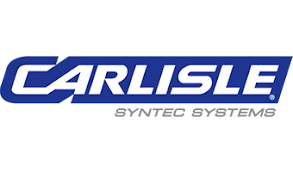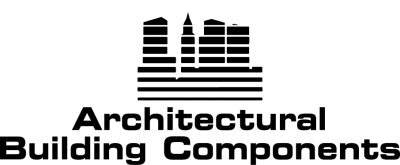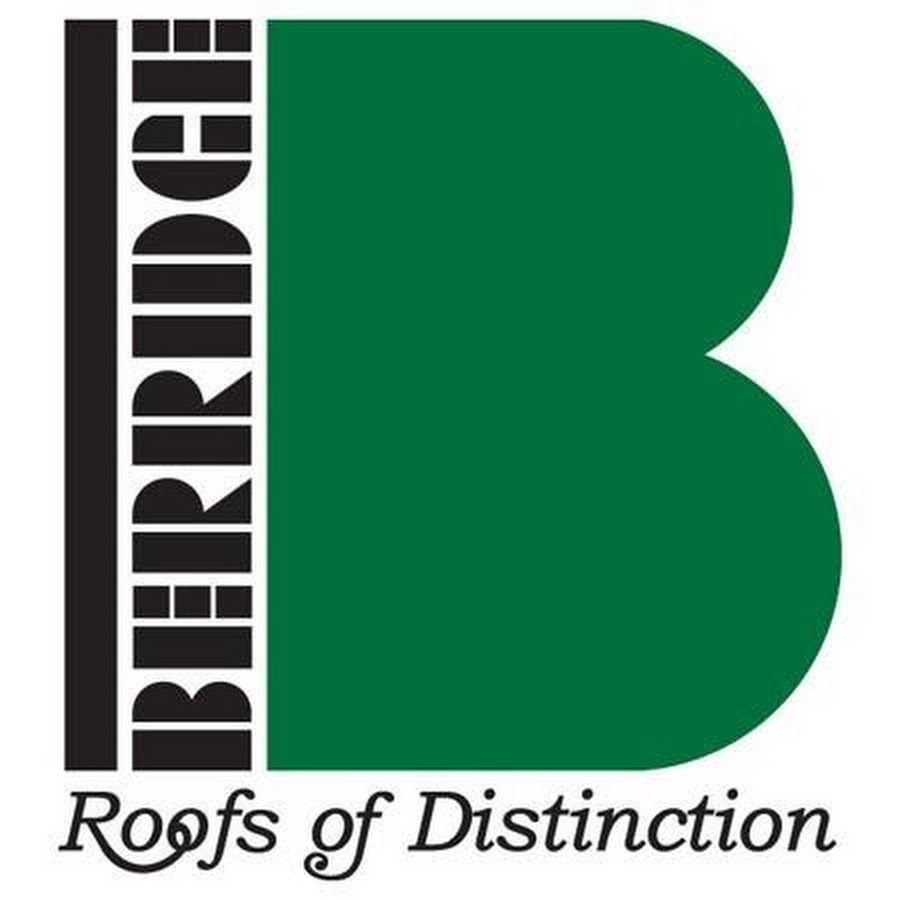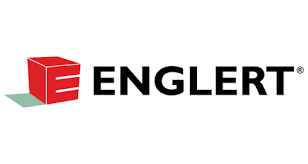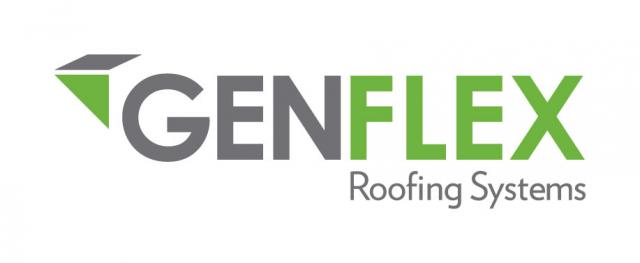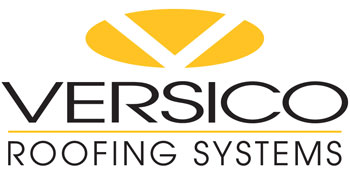Roof Systems
Asphalt Built Up Roof (BUR)
A Built up Roof is composed of multiple layers of roofing felts, typically 3 or 4, adhered with asphalt.
Benefits
•Highest level of redundancy, 3 to 4 layers.
•Best Hail Resistance
•Excellent life cycle cost if properly
maintained
•Can be cold applied
Concerns
•Upfront cost in certain scenarios
•Fumes from hot asphalt during application
•Requires highly skilled workers, certified for safe use of roofing torches
•Removal in future years; due to weight
•Lower Reflectivity
modified bitumen (mod bit)
Rubberized asphalt is applied to rolled roofing felts at the factory. Typically a modified system consists of a minimum of two layers of membrane. A base sheet and a cap sheet
Concerns
•Requires highly skilled workers, torches
•Upfront Cost in certain scenarios
Benefits
•Excellent fatigue and puncture resistance and redundancy of 2 layers. Excellent life cycle cost and easy to repair
•Granular cap sheets are available in multiple colors including Energy Star High Reflectivity
•Highest variety of installation methods. Can be set in hot asphalt, cold applied, torched in place among others.
TPO/PVC (Single-ply)
Single-ply roofs typically consist of a single layer of synthetic rubber (EPDM) or a thermoplastic (TPO or PVC) membrane.
Benefits
•Cost: due to low skilled labor (Preferred choice of Industrial Developers)
•Ease of installation, Low Skill Level
•Very low fume emissions from solvents during application
•Removal in future years is quick and easy
•High reflectivity
Concerns
•Single thin layer gives is lowest puncture resistance and provides no redundancy for leaks. Any failure will be an immediate leak.
•High life cycle cost due to shrinkage, punctures, repair difficulty and diligent specialized cleaning is required to maintain reflectivity






